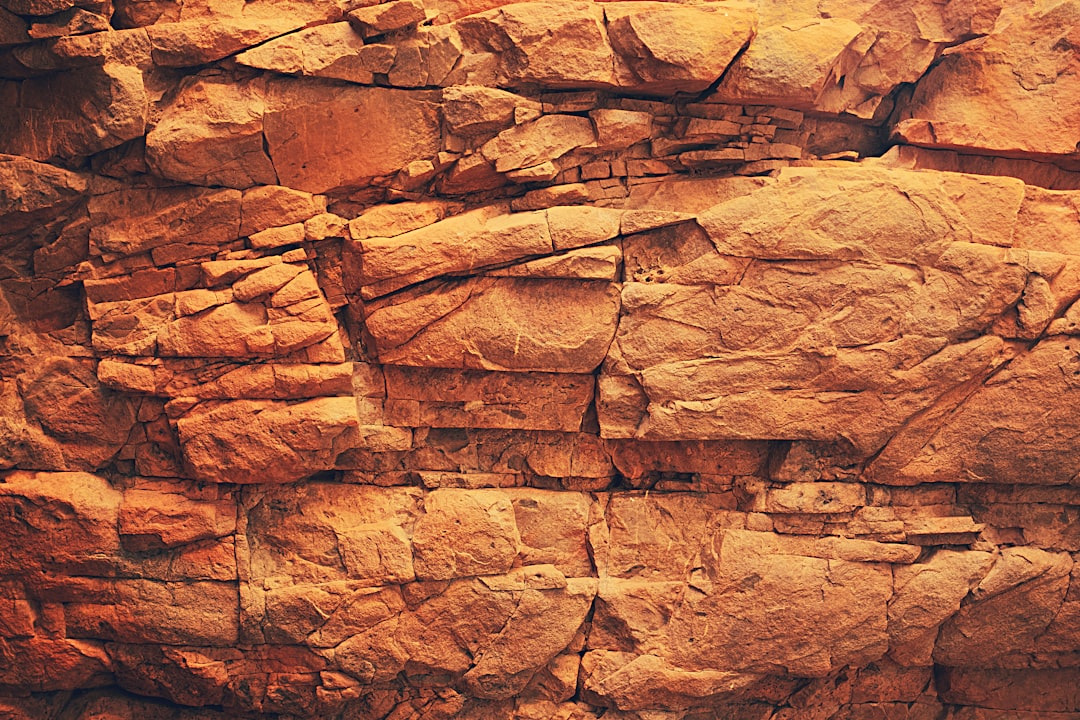What is it about?
Vermiculite, a clay mineral of economic importance, is reported for the first time from the Bundelkhand Craton. The locales of the vermiculite occurrence are mapped within the Bundelkhand granitoids at several places. The identification of the fracture system and the zones of strain localization within Bundelkhand granitoids are critical for targeting the occurrences of vermiculite. A range of studies including meso-, micro-, and sub-microscopic analyses were used to delineate the characteristic features of vermiculite along the brittle/ductile shear zones in the Bundelkhand Craton. SEM-based EDS, EPMA, and XRD analyses confirm the ubiquitous dominance of vermiculite as fracture infills and/or channel infill materials along the zones of nucleation of ductile shear zones. It is postulated here that the occurrence of vermiculite is a result of supergene alteration of biotite present in the vein material. The parent material of the fracture infills from which the veins crystallized is genetically derived from the host rock (Bundelkhand granitoid), which later healed the fractures and prompted the nucleation of ductile shear zones in the Bundelkhand Craton.
Featured Image

Photo by Dan Meyers on Unsplash
Why is it important?
We, through this paper, demonstrate how vermiculite (a mineral with economic importance) originates and localizes vis-à-vis ductile shear zones developed in granitoids. Also, it construes the role of vermiculites in the localization of the ductile shear zones along the precursor fracture system in the craton. Although a few large vermiculite deposits have been reported from South Africa, Argentina, Brazil, Egypt, and North America occurrences of vermiculite in India, however, are less common. A comparative assessment of petrogenesis of the global and Indian vermiculite occurrences is summarized in this study. Here, we first report the occurrence of vermiculite in the Bundelkhand Craton of north-central India.
Perspectives
It is a very important publication as it demonstrates the process by which vermiculites are originating from parent granitoids and then localized along structural discontinuities. Moreover, due to this localization, a rheological transformation in those brittle fractures takes place and gives a pathway for localization of the ductile shear zones. This is a very new study, specifically in this part of the world, and from this, new prospects of vermiculite deposition can be done, globally.
Mr. Sayan Maity
Banaras Hindu University
Read the Original
This page is a summary of: The origin and localization of “vermiculite” along the intra‐terrane shear zones in the Bundelkhand Craton, India: Mechanism and implication, Geological Journal, June 2022, Wiley,
DOI: 10.1002/gj.4523.
You can read the full text:
Contributors
The following have contributed to this page










